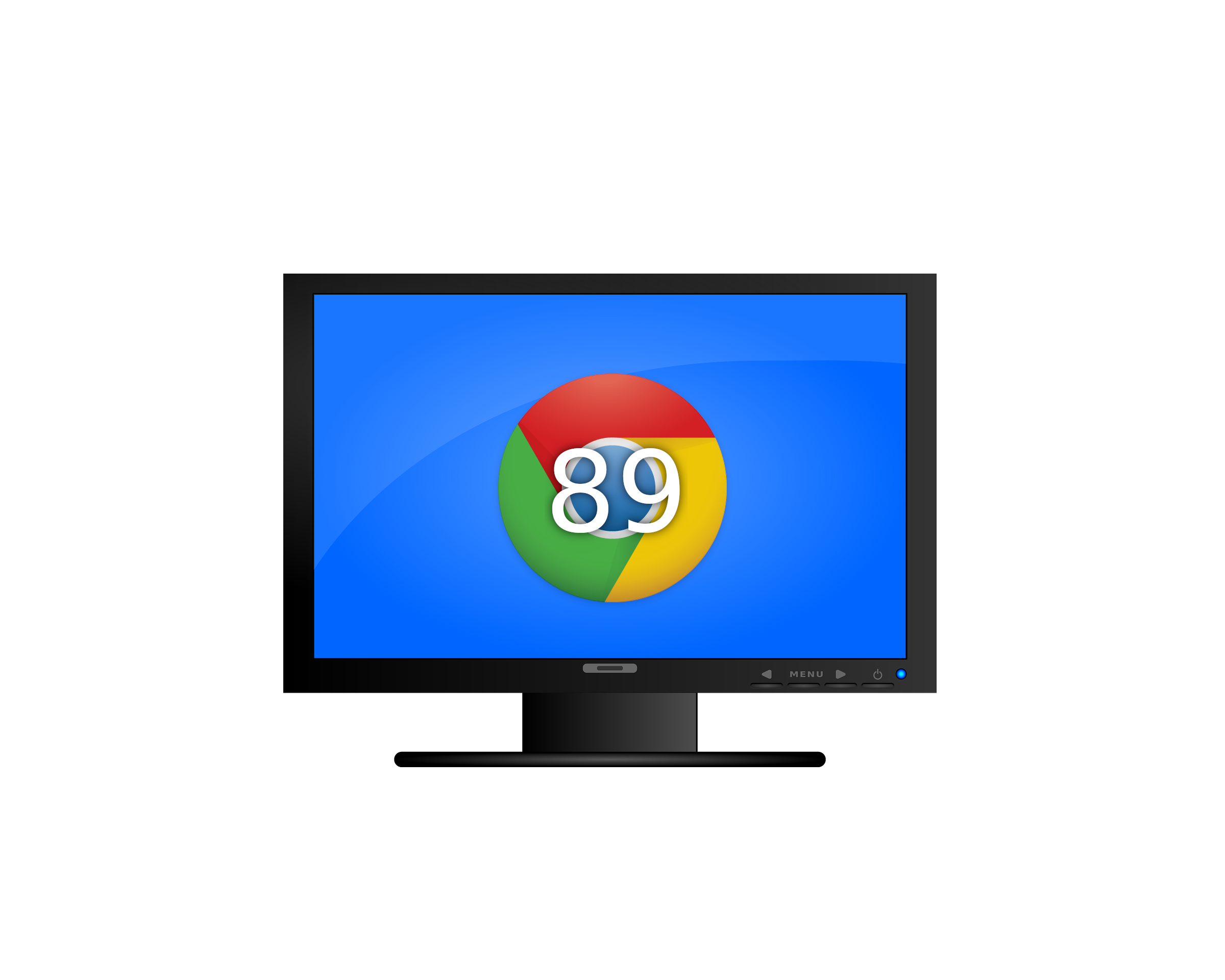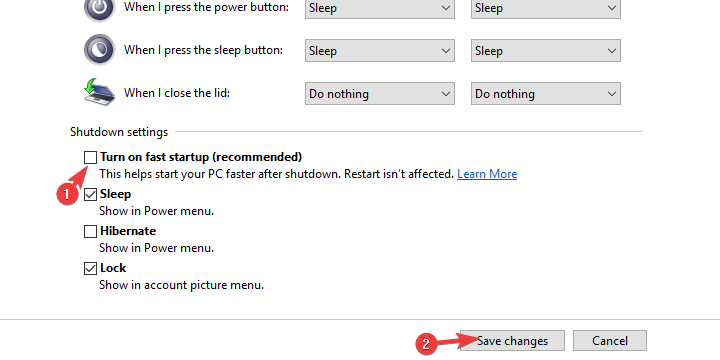
- BLUE SCREEN MEMORY MANAGEMENT CHROME MANUAL
- BLUE SCREEN MEMORY MANAGEMENT CHROME CODE
- BLUE SCREEN MEMORY MANAGEMENT CHROME FREE
RELATED: What Is RAM? Everything You Need to Know Stop Background AppsĬhrome apps can run in the background after you close the browser. A lot of processes mean a lot of RAM is being used. In short, Chrome splits everything out into its own process and you’re most likely doing a lot of things at the same time. These processes are small, but they add up quickly.

Isolating the processes like this way offers better stability, improved security, and better performance with modern multi-core CPUs. What is it about Chrome that makes it use so much memory, anyway?Ĭhrome and other web browsers store every tab and extension in a separate RAM process. Still, it’s something people notice, and it can be a problem.
BLUE SCREEN MEMORY MANAGEMENT CHROME CODE
To use this function create a Code Stage in an Object and then publish the page as a Business Object action which can then be called from within a Process.You may not believe it, but Google Chrome actually has gotten less RAM hungry over the years.

This requests that the operating system recover memory marked for collection as soon as possible. One useful function relating to garbage collection is the GC.Collect() function.
BLUE SCREEN MEMORY MANAGEMENT CHROME FREE
There is no guarantee that the operating system will free up memory simply because these tactics have been employed, as this is outside of the control of any specific application.īlue Prism can use. Note: The concept of garbage collection is a complex one, and the following information is a simplification of the underlying decision-making which the operating system is doing. The following strategies can be employed to attempt to force the underlying operating system to recover unused memory, and therefore make it available to Blue Prism again. In such cases, It’s better to run the garbage collector in every transaction just to free up memory so that the crashing may be handled. It is particularly helpful in processes dealing with multiple excel file reading and playing around with large number of data.Īn example may be, when you are running on low RAM (<4GB) and doing excel based work, you get “System Out of Memory” exception causing Automate.exe to crash and stop. In order to reclaim memory which a data item or collection containing run time data (Current values) is occupying whilst the Blue Prism process is running.
BLUE SCREEN MEMORY MANAGEMENT CHROME MANUAL
With good implementations and with enough memory, depending on application, garbage collection can be faster than manual memory management, while the opposite can also be true and has often been the case in the past with sub-optimal GC algorithms.īlue Prism retains data which has been created within it until the “automate.exe” process is closed down. Like other memory management techniques, garbage collection may take a significant proportion of total processing time in a program and, as a result, can have significant influence on performance. However, many systems use a combination of approaches, including other techniques such as stack allocation and region inference. Garbage collection is essentially the opposite of manual memory management, which requires the programmer to specify which objects to deallocate and return to the memory system.

The concept of “garbage collection” is that the operating system will periodically (during “’free time”) reclaim memory which has been designated as available to be recovered – that is, memory which is no longer being used to store information required by running applications.


 0 kommentar(er)
0 kommentar(er)
